|
|
Ever try navigating food labels at the grocery store? Here’s your sustainable food shopping guide.
We’ve all been there. When you step into a grocery store, food labels can be overwhelming. You’re ready to pay a premium for green-certified products, but don’t know if you’re actually helping your stomach or the planet. Claims of superior social-environmental sustainability and animal welfare everywhere.
Do we really know what food labels are trustworthy?
I couldn’t find a skimmable sustainability guide for navigating the grocery store, so I created one.
I put together this sustainable food shopping guide to help you on your next trip. I started by identifying the most common labels. Then, I researched and evaluated each label for sustainability based on the 17 UN Sustainable Development Goals.
Busy? Try the speed read.
Big picture: Navigating food labels that empower sustainable consumption should not be a challenging mess. We created a sustainable food shopping guide to help you navigate the label overload using the United Nations Sustainable Development Goals as a metric.
Why it matters: We live in a world of greenwashing and companies working to get a competitive advantage with “natural” and “sustainable labels. Our extra spending dollars should go to companies and certifiers making strides towards the Sustainable Development Goals – not those greenwashing.
Our recommendations: Overall, choose products that fit your needs and your budget. In a grocery store setting, choose third-party certified products to ensure they are meeting the standards that support sustainability. Fair Trade, American Grass-fed, and USDA Organic are reliable certification labels that have standards striving towards environmental and social sustainability.
Dig deeper → 4 min
Beginner’s Sustainable Food Shopping Guide
USDA Organic
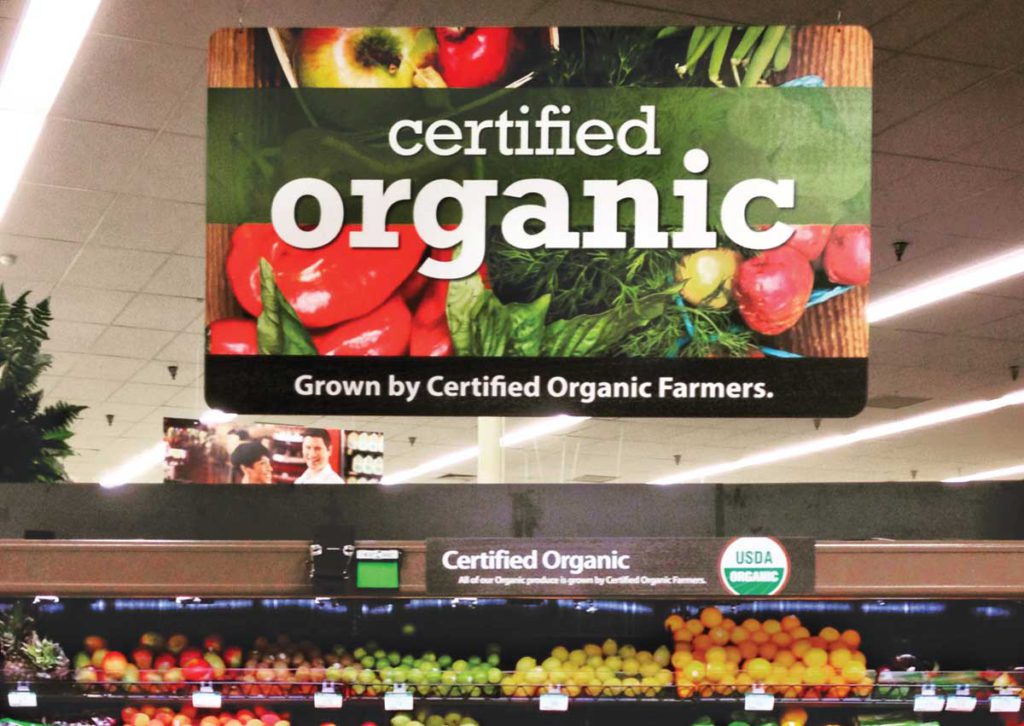
The details
- Prohibits synthetic fertilizers and pesticides for the past 3-years
- Prohibits the use of sewage sludge, irradiation, and genetic engineering
- Relies on physical, mechanical, or biological based farming methods for weed and pest control
Is organic sustainable?
- Organic production and consumption decrease greenhouse gas emissions and the energy use in most crop types
- Standards integrate cover crops and crop rotations for improved soil health and decreased pesticide run-off
The Goals
The Trade-offs
- Organic production has a higher land use for all crops
- Data on organic production shows an increase in pollution into water bodies from excess nutrients leading to oxygen depletion and acidification in aquatic ecosystems
Fair Trade Certified
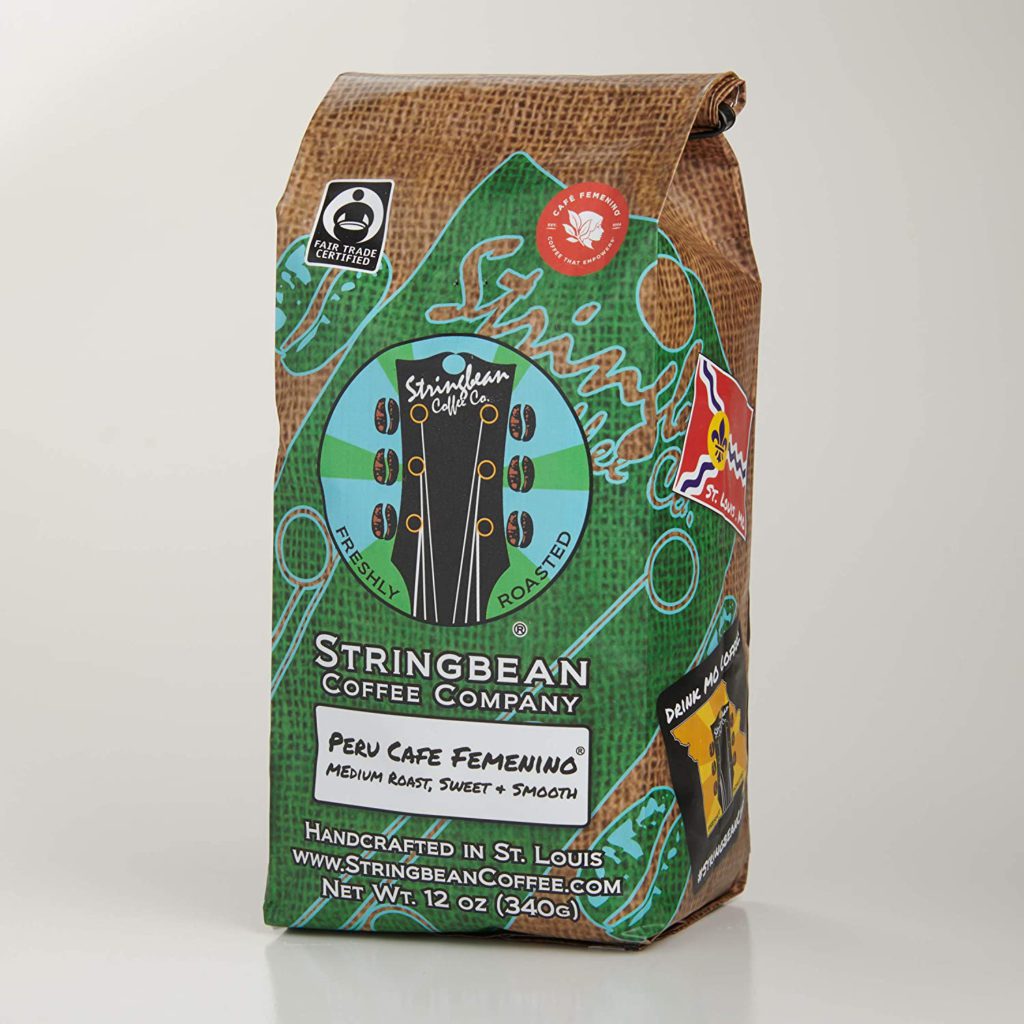
The details
- Focus on environmental, social, and economic sustainability
- Welfare for people and the planet
- Expands past agricultural products into clothing and home-goods
- The premium from Fair Trade products goes into a Community Development Fund.
- The community controls the fund
- They invest in unique social, environmental, and economic needs to improve quality of life
Is fair-trade sustainable?
- Improved safety and conditions for workers including clean drinking water and adequate sanitation facilities
- Fair Trade Minimum Price provides a safety net for producers among volatile agricultural markets
- Supports gender equality by promoting entitlements for parental leave, pregnant and breastfeeding women
- Promotes climate resilient agriculture and practices that maintain ecosystem health
The goals
Non-GMO Verified
If you want to learn more about the science behind GMO’s (and whether or not they’re good for you), you can check out my article.
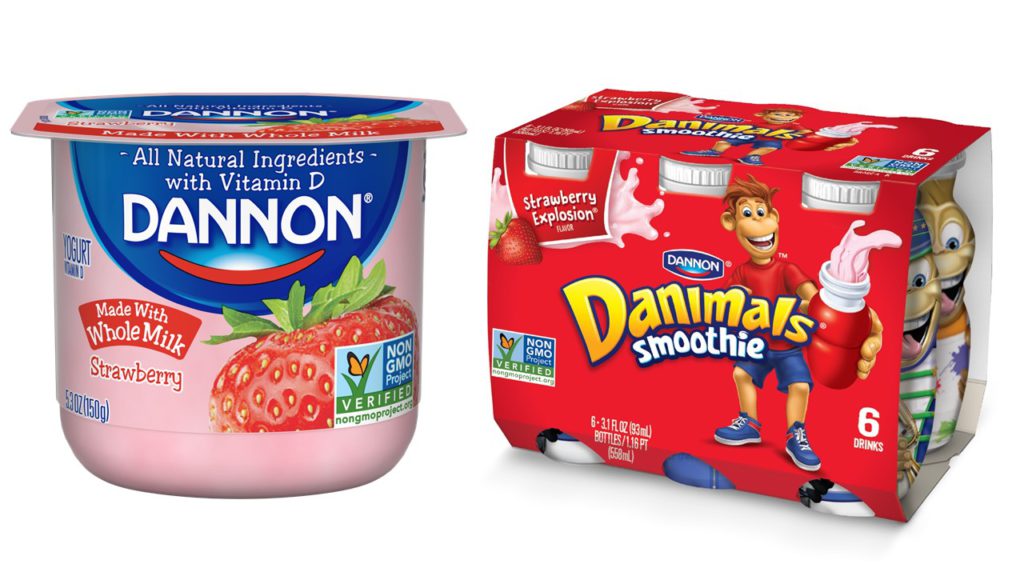
The details
- Genetically modified organisms (GMOs) are living organisms artificially altered via genetic engineering
- Non-GMO Verified offers a third-party non-GMO verification program to ensure that products are manufactured without any GMOs
Is non-GMO sustainable?
- Although non-GMO is also associated with USDA Organic and Fair Trade Certified, on its own, there is little to no sustainability metrics that Non-GMO achieves.
The Trade-offs
- GMO products can have a genetic advantage to adapt to changing climate conditions, integrate needed nutrients into common crops through Golden Rice, and decrease food waste
- I argue that GMOs may actually support sustainability more than taking them away does
Grass-Fed (without a certification)
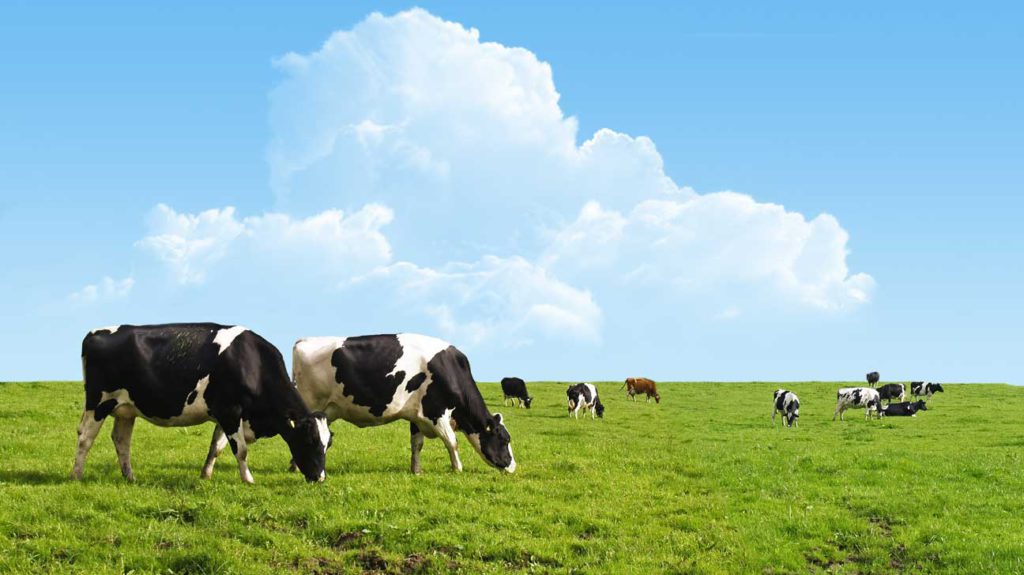
The details
- There is no official government definition on the bounds of what makes something grass fed
- The term is open to interpretation and has the potential to be used as a common “feel-good” marketing ploy
- Without an official certification, the grass-fed term loses its sustainability influence in grocery stores
- At the Farmer’s Market, ask the producer about what grass-fed means in their production
Grass-Fed (with a Certification)
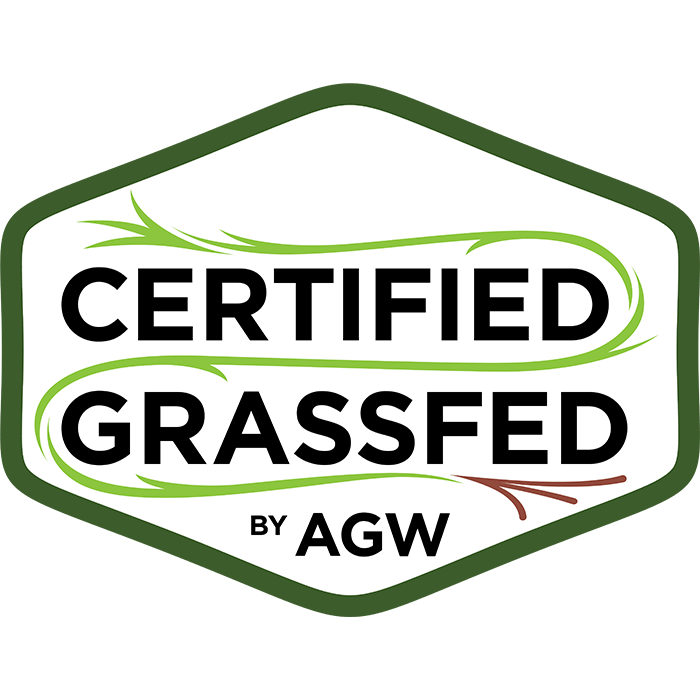
The details
- With standards implemented by a third-party verifier, consumers can rest assured that grass-fed has met sustainability and animal welfare metrics
- There are numerous “grass-fed” certifiers including Certified Grassfed from A Greener World, American Grassfed, and Certified Grassfed Organic Dairy that have similar sustainability and animal welfare metrics
- Metrics include animals raised on a 100% foraged diet, on pasture, and have no antibiotics.
Is grass-fed sustainable?
- Carbon sequestration
- Buildup of soil biomass
- Improved water filtration rates
The sustainable development goals
The Trade-offs
- One could argue that grass fed beef has a higher carbon footprint than grain-raised beef because of cattle’s longer life-span and lower weights at the time of slaughter
100% Natural or All Natural
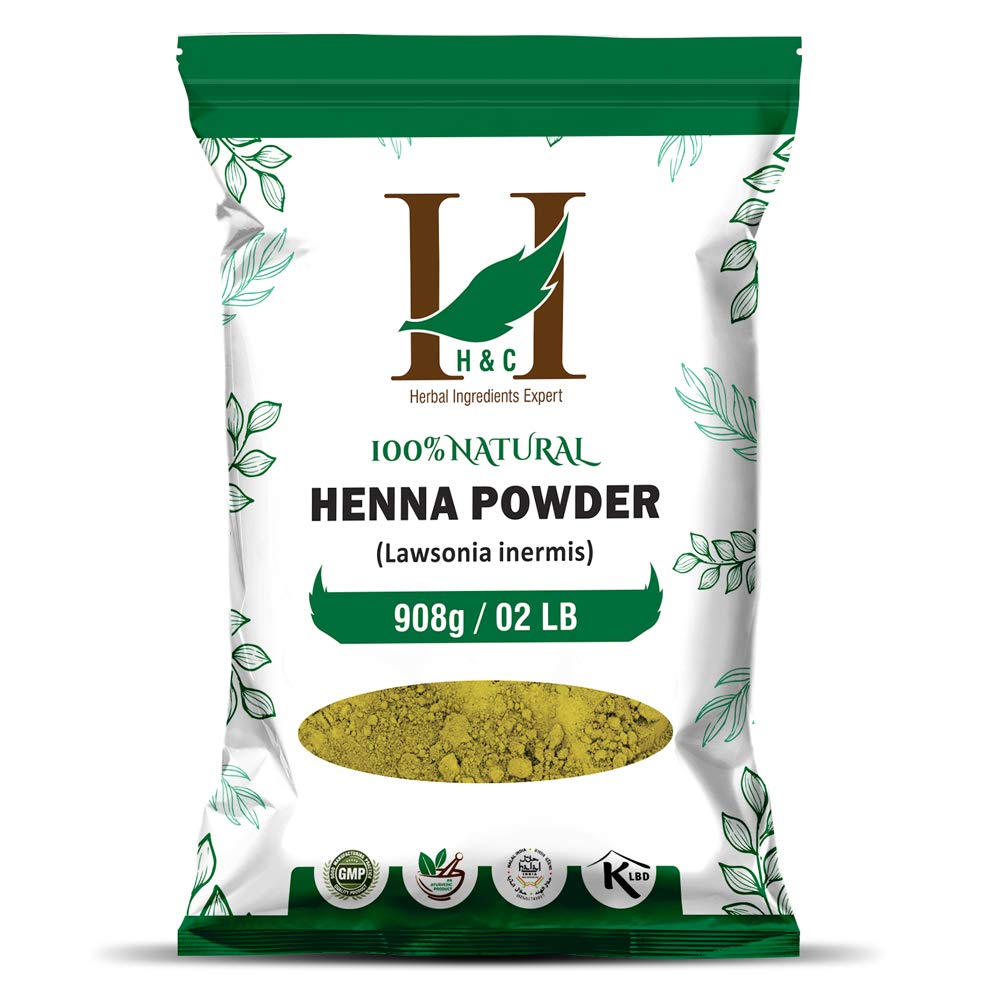
The details
- The FDA has considered the term “natural” to mean that nothing artificial or synthetic (including all color additives regardless of source) has been included in, or has been added to, a food that would not normally be expected to be in that food
- The definition does not address food production methods including synthetic fertilizers or pesticides
Sustainability Metrics
- Without regulation from the FDA or the USDA there is little known sustainability metrics from food products labeled “natural” or “all natural”
Cage-Free
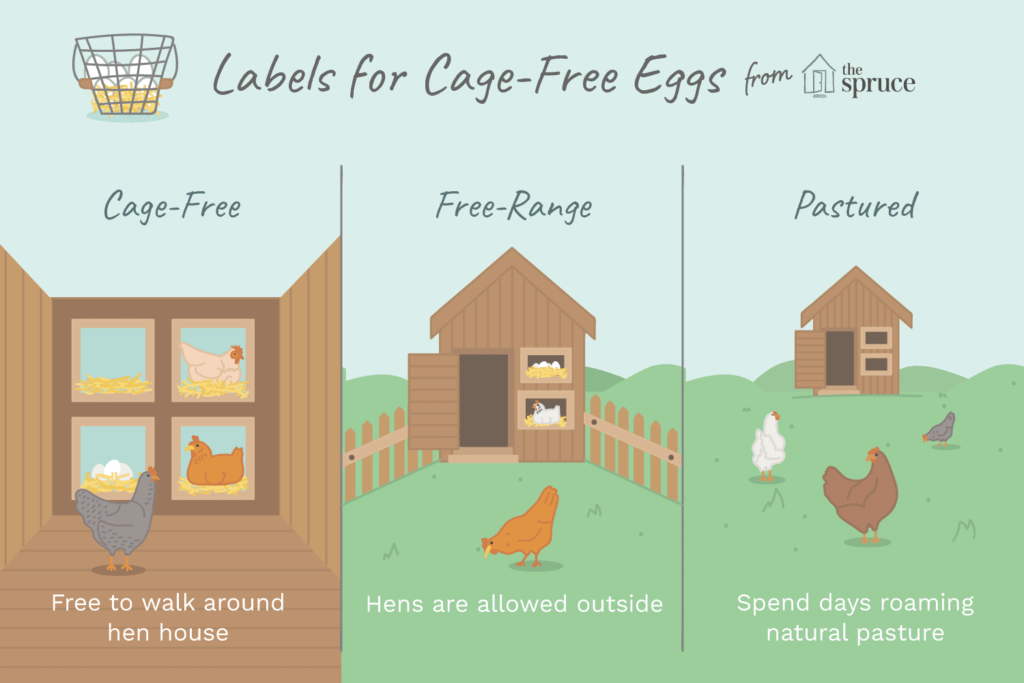
The details
- Hens likely had a healthier diet
- Hens not treated with antibiotics or hormones
- Similar to grass-fed, unless the claim is checked by an independent third party, the integrity of a food label is only as reliable as the individual or company making it
- Cage-Free is a misleading label and despite its implications hens are often still raised indoors they are just not raised in battery cages
- At Farmer’s Market, ask the producer about what cage-free means in their production
Is cage-free sustainable?
- Although there are no clear benefits to the UN Sustainable Development Goal metrics, cage-free eggs do benefit animal welfare by giving hens a bit more space in production and a healthier diet
Next Steps for Sustainable Food Shopping
My strongest advice will always be to do what works best for your budget and your needs. There are a million and one other ways to be a sustainability advocate and activist without paying a premium at grocery stores for sustainable products.
However, if you are ready to start buying products based on the label, there are impactful options exits from USDA Organic to Fair Trade. In addition to the food labels, buying local is always another tool to contribute to the progress of the Sustainable Development Goals while supporting your local community.
We live in a world of greenwashing and companies working to get a competitive advantage with “natural” and “sustainable” labels. Our extra spending dollars should go to companies and certifiers making strides towards the Sustainable Development Goals – not those greenwashing.
We hope this sustainable food shopping guide can serve as a starting point to make those choices just a bit easier.
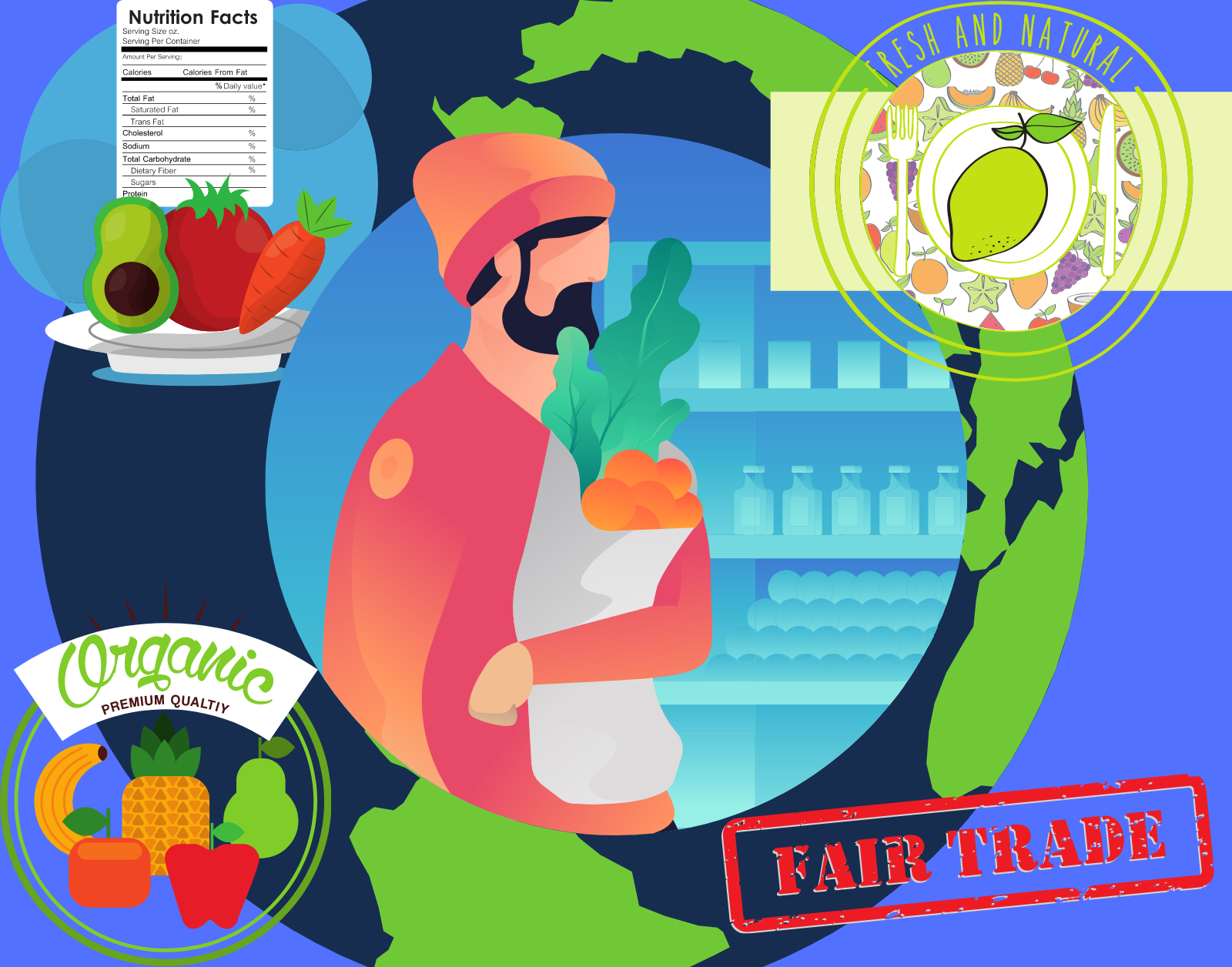
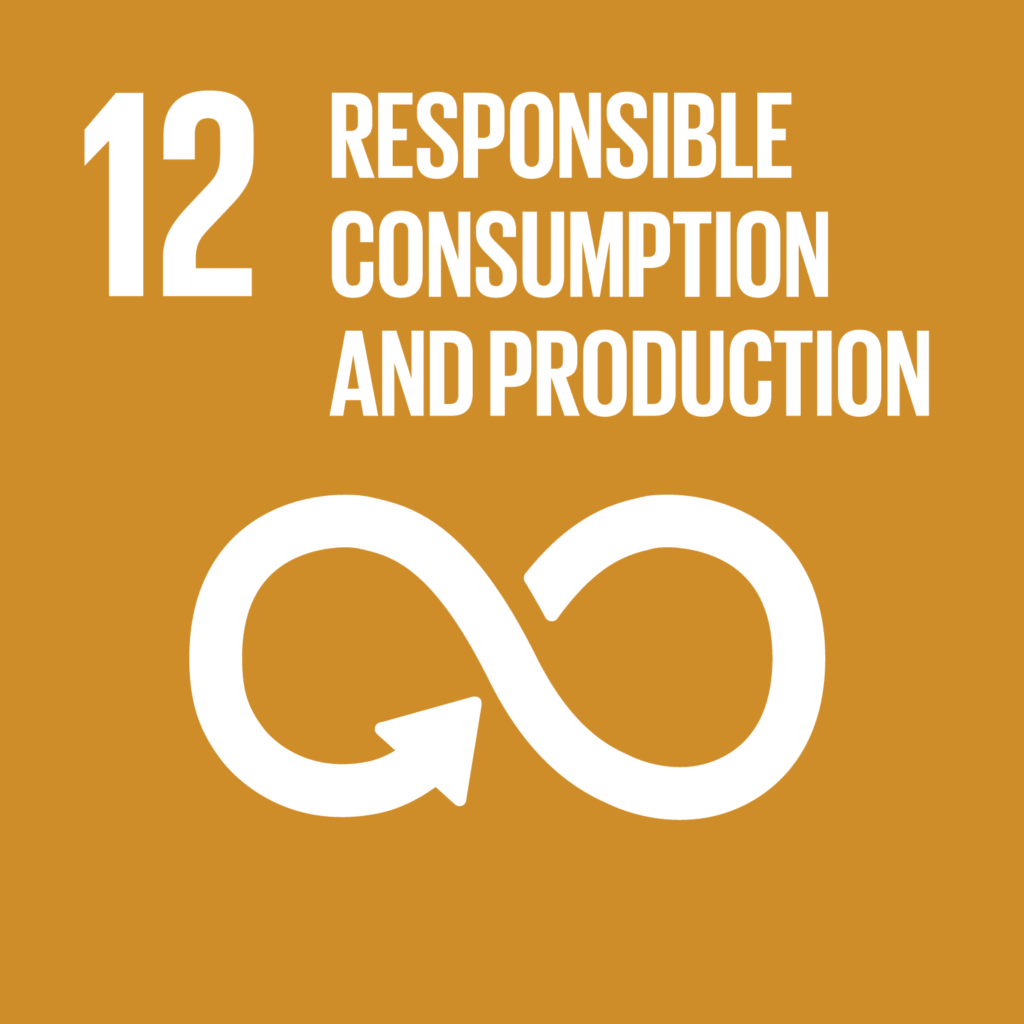
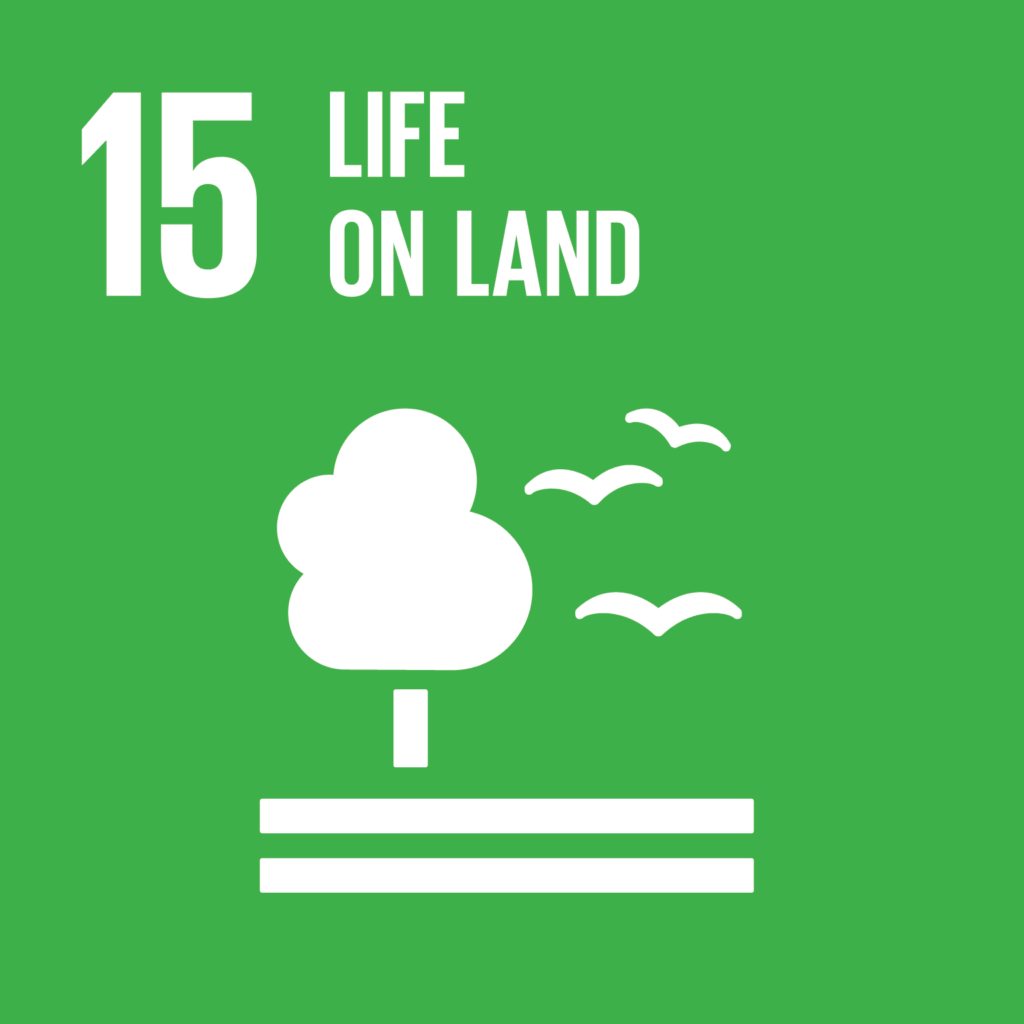
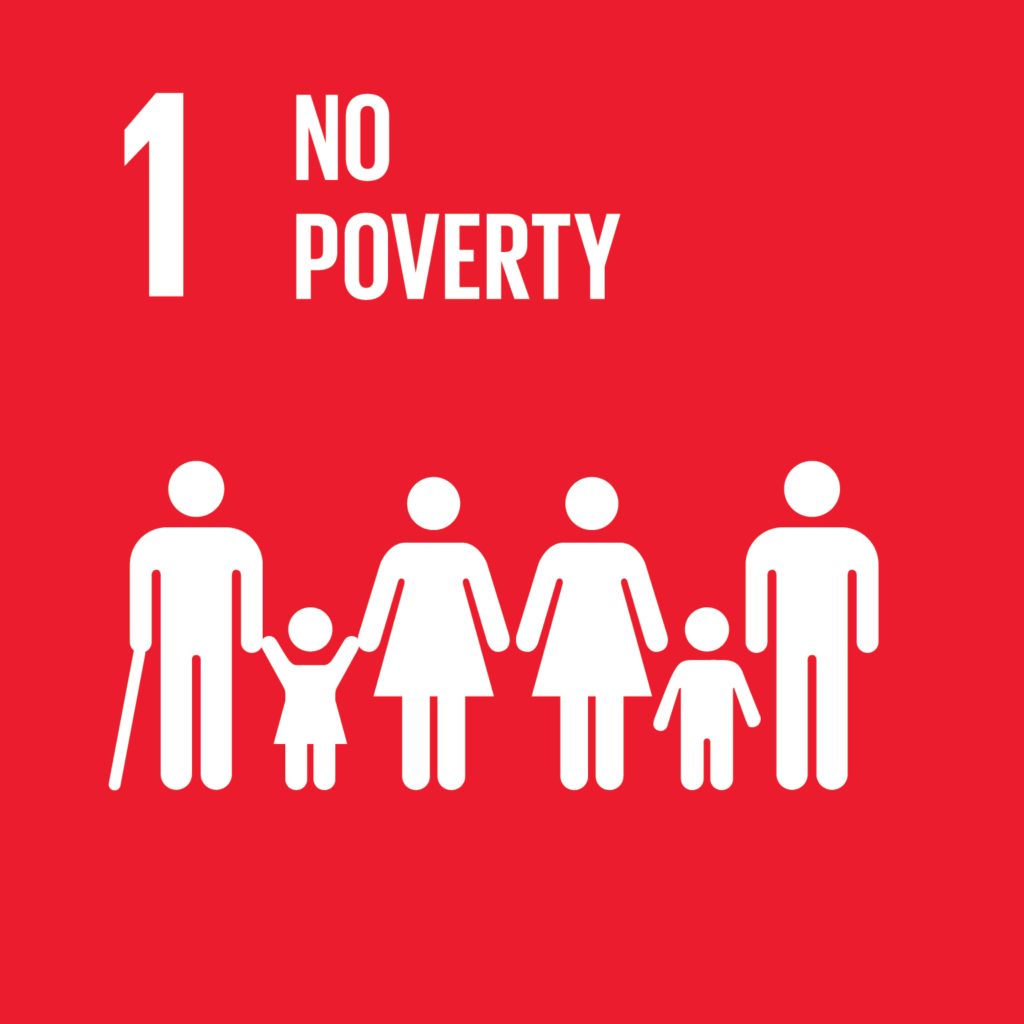
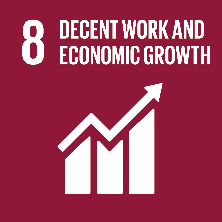
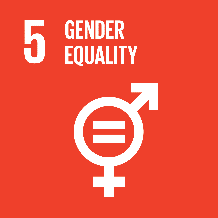
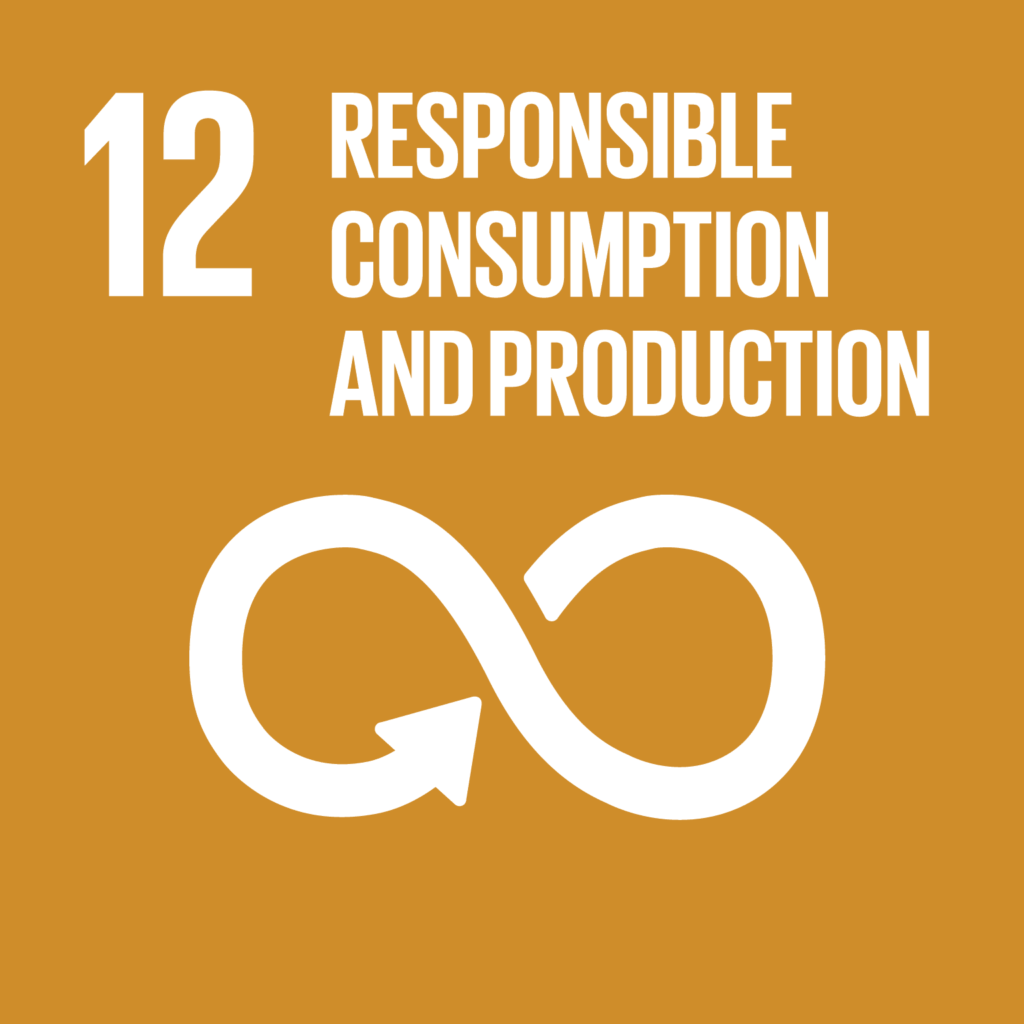
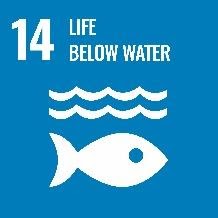
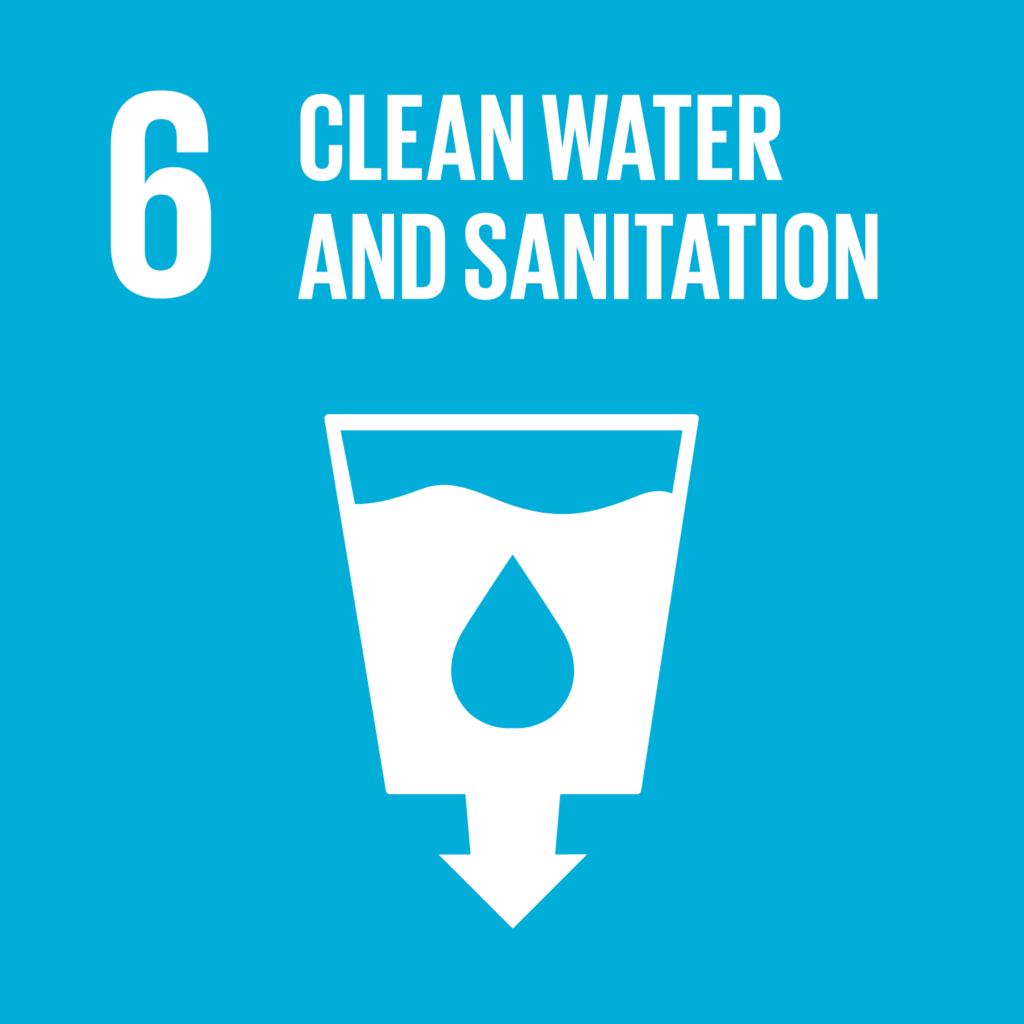
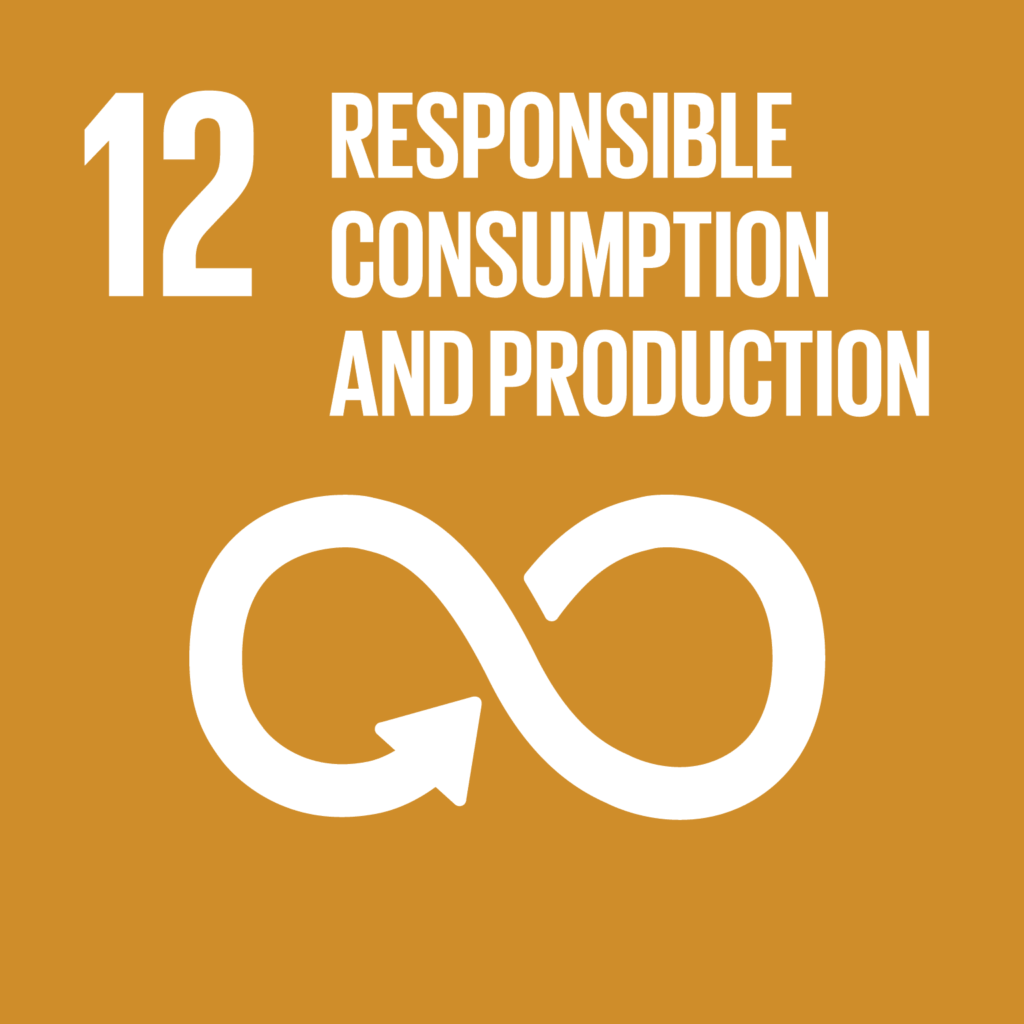

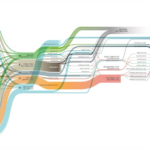




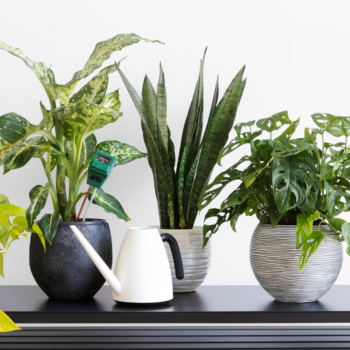





No Comments